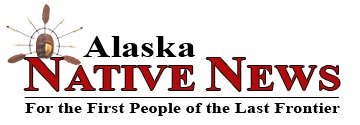Commercial harvesters in Alaska have delivered an estimated 97 million salmon to processors so far this season.
Preliminary catch reports compiled by the Alaska Department of Fish and Game (ADF&G) show that as of July 30, the harvest included nearly 52 million sockeyes, 35 million humpies, 9.5 million chum, 620,000 silver and 207,000 Chinooks.
Between 50 and 60 percent of the annual harvest occurs past this point in the season in an odd-numbered year, notes Garrett Evridge a fisheries economist with the McDowell Group, who produces weekly updates on the fishery on behalf of the Alaska Seafood Marketing Institute. Most of the volume will come from pink salmon harvests, which have slowed in the last two weeks. Keta, coho and Chinook harvests are also slow, in contrast to strong sockeye landings.
The sockeye harvest is supported by strong landings in Bristol Bay and other regions. Still, Southeast Alaska is about 14 percent behind last year’s numbers and less than half of the long-term average. The harvest typically peaks in that region during the second week of August.
This week and the next two weeks usually represents the peak of the humpy harvest. Landings over this period can exceed 20 million fish per week. Kodiak, the Alaska Peninsula and Aleutian Islands are having strong seasons, while Southeast and Prince William Sound are lagging.
The Keta harvest year-to-date is approximately 25 percent lower than 2018 and the long-term average. Evridge said that fishing has been particularly challenging in the Arctic-Yukon-Kuskokwim and Southeast, which are 58 and 70 percent behind respectively compare to the 2018.
Year-to-date coho landings are 37 percent behind last year and half the five-year average. Chinook harvests are 12 percent below the same date last year.
The preliminary commercial salmon harvest from ADF&G is posted with daily updates online at https://www.adfg.alaska.gov/index.cfm?adfg=commercialbyfisherysalmon.bluesheet
Fishermen’s News Online grants permission to the Alaska Native News to post selected articles. Read More at: Fishermen’s News Online.

